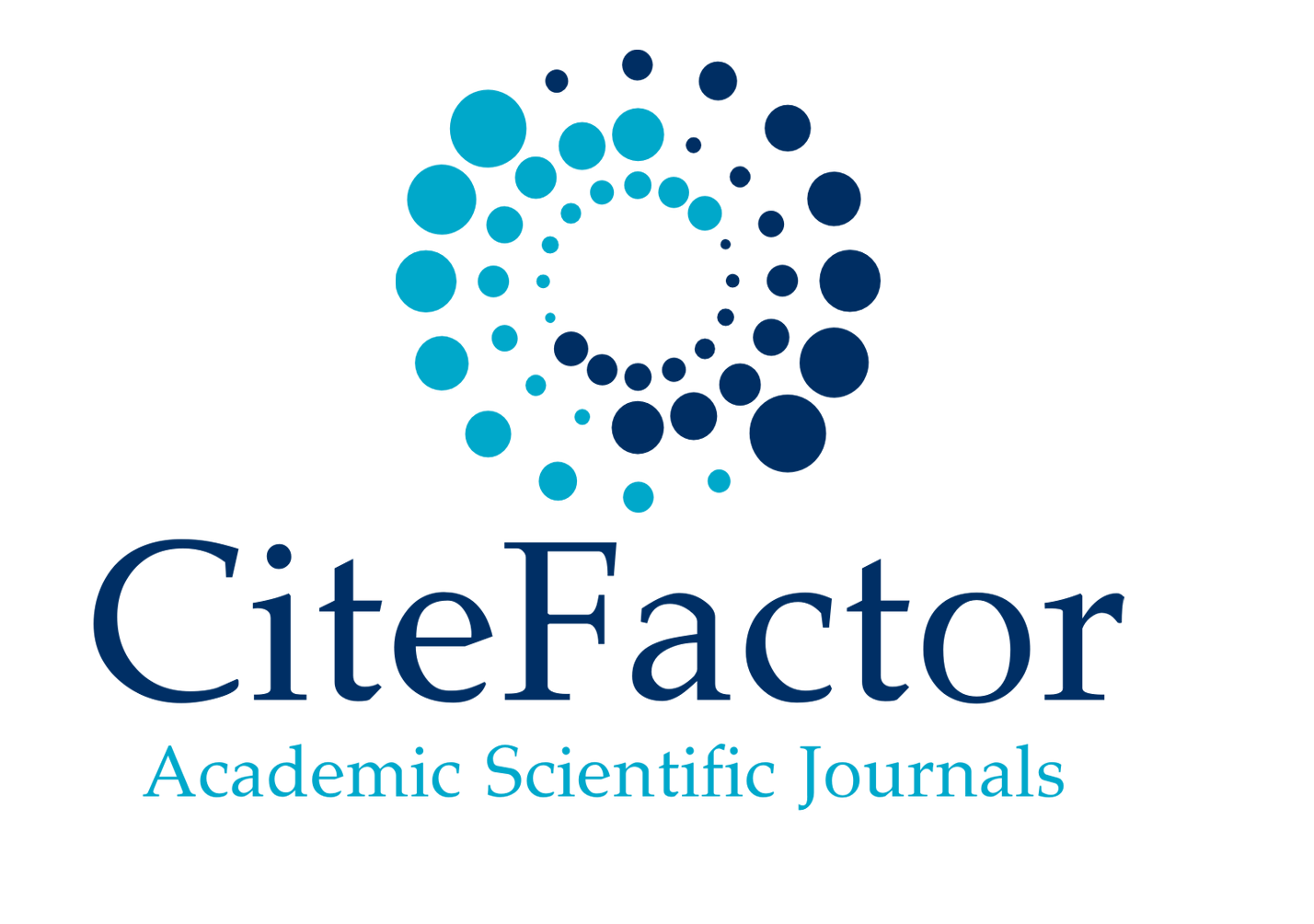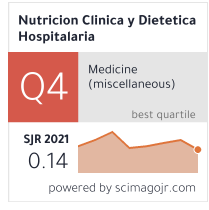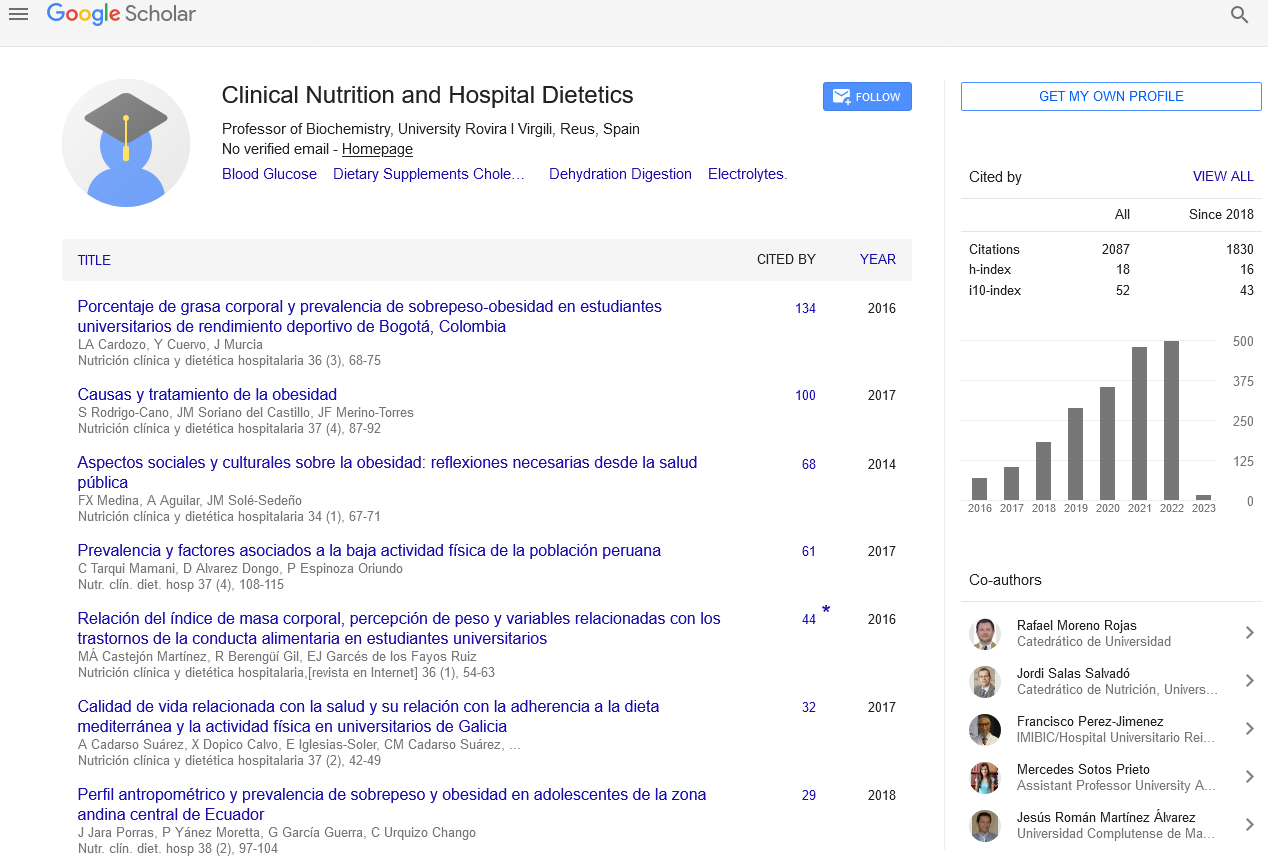Abstract
SNAI1 as a biomarker for prognostic prediction and targeted therapy in lung squamous cell carcinoma
Author(s): Caren SELIGMAN* and Mainga MAITLAND
Background: This study investigates the role and potential molecular mechanisms of the SNAI1 gene in Lung Squamous Cell Carcinoma (LUSC) and its application in molecular targeted therapy.
Methods: Bioinformatics analysis, including TCGA, TPA, GSEA and CellMiner analysis, was conducted to analyze the expression levels of the SNAI1 gene in normal and tumour tissues, their correlation with clinical outcomes and potential targeted drugs.
Results: In normal human tissues, SNAI1 was significantly highly expressed in lung tissues compared to other tissues. However, in LUSC, its expression was significantly downregulated. High expression of SNAI1 mRNA was associated with poor Overall Survival (OS) and Disease-Free Survival (DFS). The expression level of SNAI1 mRNA was also associated with age, tumour size, lymph node metastasis and distant metastasis in LUSC patients. A nomogram was constructed to predict the survival of LUSC patients. Furthermore, high expression of the SNAI1 protein in LUSC was associated with poor prognosis. The 5-year survival rate was 37% in the high expression group and 59% in the low expression group. The main subcellular localization of SNAI1 protein in LUSC tissue cells was the nucleus, but strong protein expression also led to its localization in the cytoplasm and membrane. Gene Set Enrichment Analysis (GSEA) revealed a relevance between SNAI1 and TP53 signaling pathway in LUSC. SNAI1 can interact with TP53 and HDAC. By utilizing the CellMiner platform, a wide range of compounds that could potentially target SNAI1, including mTOR, were explored. Therefore, potential targeted drugs for SNAI1 include epigenetic modifications inhibitors and mTOR. Studies have shown that these targeted SNAI1 agents hold promise for the treatment of LUSC.
Conclusion: High expression of the SNAI1 gene is significantly associated with poor OS and DFS outcomes in LUSC patients. SNAI1 serves as an independent prognostic factor for LUSC and can be used as a biomarker for prognostic prediction. SNAI1 holds promise for the treatment of LUSC.
Google Scholar citation report
Citations : 2439
Clinical Nutrition and Hospital Dietetics received 2439 citations as per google scholar report
Indexed In
- Google Scholar
- Open J Gate
- Genamics JournalSeek
- Academic Keys
- JournalTOCs
- ResearchBible
- SCOPUS
- Ulrich's Periodicals Directory
- Access to Global Online Research in Agriculture (AGORA)
- Electronic Journals Library
- RefSeek
- Hamdard University
- EBSCO A-Z
- OCLC- WorldCat
- SWB online catalog
- Virtual Library of Biology (vifabio)
- Publons
- MIAR
- Geneva Foundation for Medical Education and Research
- Euro Pub
- Web of Science
Journal Highlights
- Blood Glucose
- Dietary Supplements
- Cholesterol, Dehydration
- Digestion
- Electrolytes
- Clinical Nutrition Studies
- energy balance
- Diet quality
- Clinical Nutrition and Hospital Dietetics




